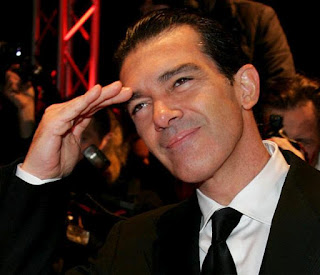Green Tea and its Health Benefits
 |
| Green Tea |
Green tea is good for the over all functioning of the body as it is rich in antioxidants and also helps in weight loss.
Green Tea is widely used by the Chinese people and they were well aware about green tea from ancient time. In china there is a proverb that "Better to be deprived of food for three days, than tea of one". They use the tea as a cure of headache or depression.
The scientific evidence suggests that regular green tea drinkers may have lower chances of heart disease and contracting certain types of cancer.
Green tea is helpful in curing various health disorders such as:
- Rheumatoid arthritis
- High cholesterol levels
- Cardiovascular disease
- Infection
- Impaired immune function
Green tea provides the most antioxidant polyphenols, and a catechin called epigallocatechin-3-gallate (EGCG), which is responsible for most of the health benefits.
It not just inhibits the growth of cancer cells but also helps in killing those dangerous cells without harming any healthy cell.
It also lowers the total cholesterol levels, and improves the ratio of good cholesterol over bad cholesterol. Whereas, it inhibits the abnormal formation of blood clots which is the cause of heart attacks and stroke. Green tea represses angiotensin II which leads to high blood pressure & reduces the possibilities of heart attacks.
Green tea can even help in preventing tooth decay. As the bacteria destroying abilities of green tea helps in preventing food poisoning, it can also kill the bacteria that cause dental plaque.
Green tea drinkers have lower risk for a wide range of diseases, from simple bacterial or viral infections to chronic disease including cardiovascular disease, stroke, periodontal disease, and osteoporosis.
Green tea helps a lot in lowering down the sugar level in a body so its very god for a person who is suffering from diabetes. It will help them in controlling their sugar level without any extra effort. The polyphenols present in green tea extract reduces the amount of amylase produced by conversion of starch into sugar and hence the levels of sugar in the blood also decrease.
One of the great advantages of drinking green tea is still there & I know after listing about this reason you will surely have a hot green tea. That advantage is weight loss. All those who want to be slim, smart & gorgeous will enjoy the green tea because it is natural & don't have any side effect.
As green tea helps in burning the fat & increasing metabolism naturally due to the presence of catechin polyphenols. It lowers down the cholesterol & enhances fat oxidation. Moreover weight is gained as excess sugars and fats are stored in the body as fat cells. Green tea catechin helps in preventing obesity by inhibiting the movement of glucose in fat cells.
EGCG- a powerful antioxidant with positive qualities is important for any weight reduction program but the balanced diet & regular exercise is also must. Presence of EGCG in green tea makes it more important for any health disorder.
Green tea acts as an antibacterial and antiviral agent. It also helps in getting relief from influenza and diarrhea. It relieves stress, improves bone structure and delays the onset of osteoporosis.
As all other tea it helps in getting relief from depression & headache which is a usual problem of a common man in this busy world.
Green tea is a very useful variety of tea & I know a good poet can write a poem to praise it. I started using it & I am quite sure that you are also making decision to try it out. If yet not decided, decide it fast to get the advantage as earlier as possible & get rid of all your problems.




















